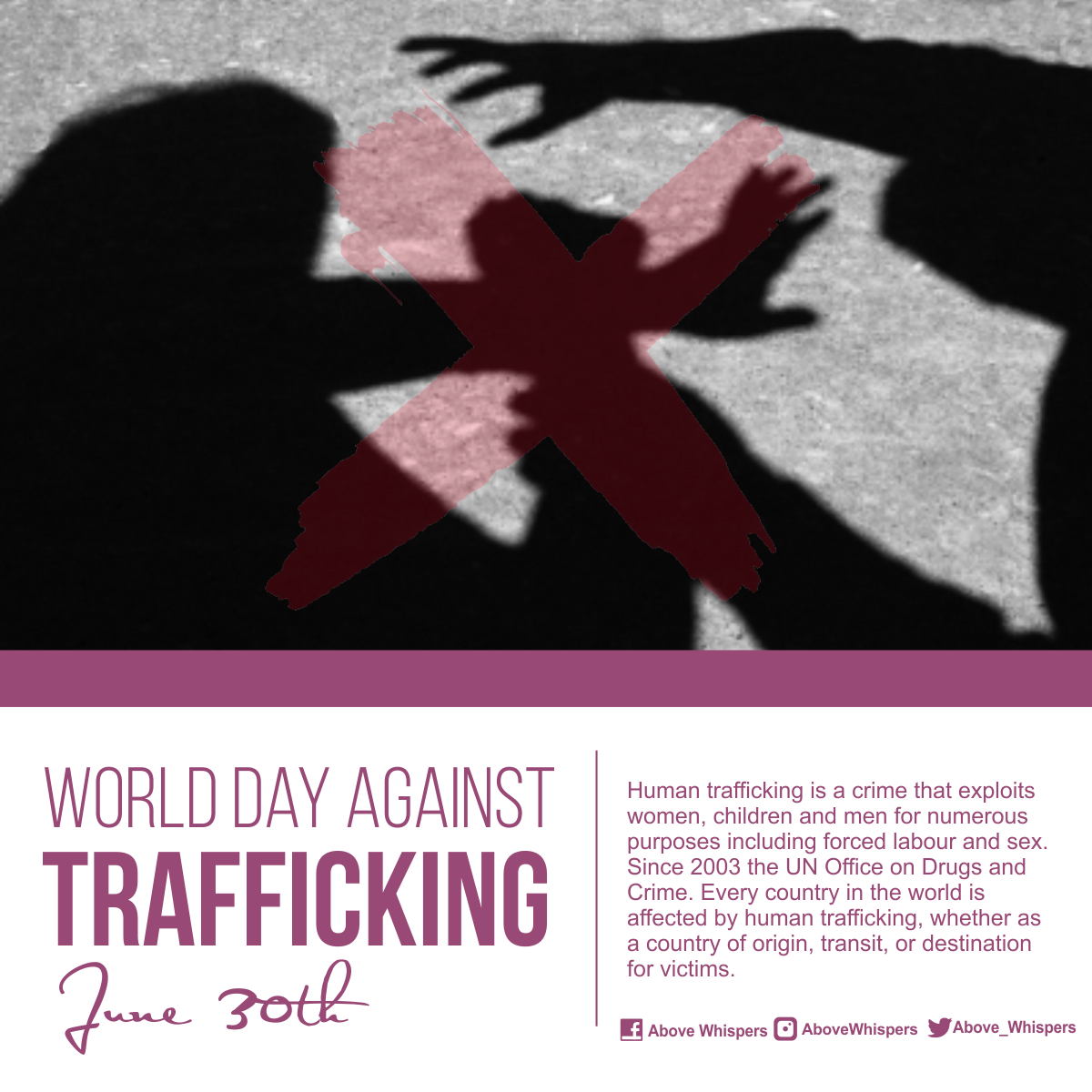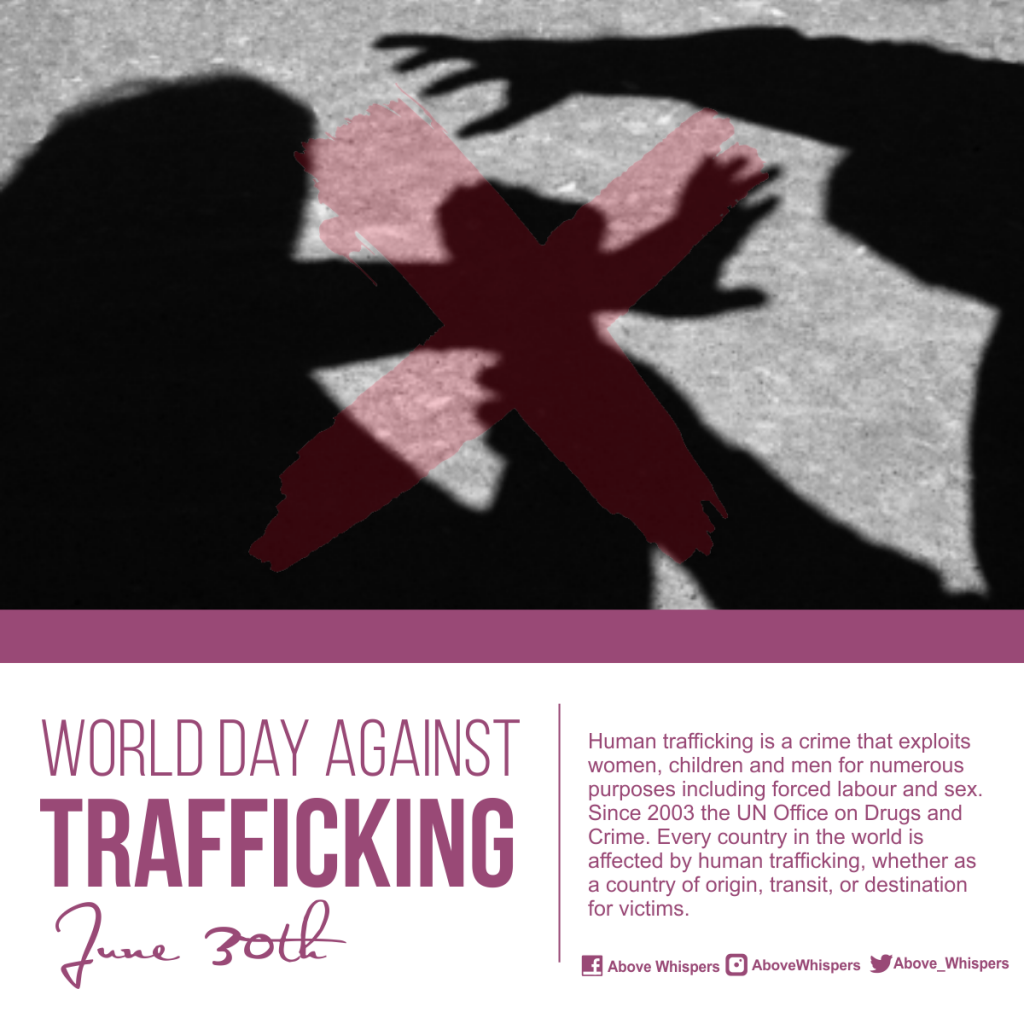Children’s vulnerability is a daily occurrence in most homes, schools, communities and families and these places are supposed to serve as sanctuaries. While the incessant influx of young children below the ages of 15 as domestic or commercial maids in the society is alarming and disturbing, these children are at a disadvantage. It is no news that grinding poverty, hunger and unemployment are major backdrops why a lot of children are either sold, trafficked and molested. If we look around us we know one or two of these children and we know families involved in patronizing this “market” of child slavery.

It is common practice to find girls and boys of younger ages in different homes across the nation doing menial jobs for these families and taking care of either their businesses (most times small start-ups) or being forced into more serious jobs. Most of these children are displaced from their homes and the psychological trauma they go through adapting to a new environment with harsh realities is what constantly makes them depressed and aloof. Moreso, these children are usually deceived and lured mostly from rural areas to urban areas to stay with an aunt or uncle with false promises to make their lives meaningful and better. The pain hits differently for kids who are trafficked from other neighbouring countries because they have been dislocated from their supposed safe haven and plunged into a new society. Also, the acquisition of new identities and language barriers makes it more difficult to trace their roots even when rescued.
Despite the necessary precautions, laws and various agencies that have been set up to curb these inhumane acts, all efforts in curbing this remain futile and the fight to get these children off the streets is a continuous one. Many of these children are treated poorly and forced into child labour. For instance, Adijat who is a young girl and works as a maid to care for another young one is just one example of child exploitation and deprivation of the basic child rights to be protected, the kids who hawk on the streets and in traffic or the ones sexually abused and recruited into various criminal cults are also in this category.
The condescending situation and means in which these children are transported put on display and auctioned for their buyers is appalling and calls for a general outcry. This market of child trafficking has grown largely over time and most times either their parents or relatives are in on such deals just so they can survive or other times make more money out of their new booming business. It is left to us to take care of these children; the ones who live in deplorable conditions, constantly assaulted and threatened and the ones used for domestic services.
Assisting and partnering with agencies such as NAPTIP to bring to their knowledge any child in such a situation would help to get these kids off the streets and bring the perpetrators to book.
- How can we go about this;
- Ask questions; observe your neighbours, family friends and relatives.
- Show these kids genuine love so they can trust you and therefore be free with you.
- Talk to the child; know their age, guardian and ask about their health generally.
- Report to the necessary agencies any instance of child violence or domestic abuse for children under the legal age.
A functional responsive and preventive measure alongside collaborative effort with any of these agencies; social welfare groups, NGOs, health ministry, and the legal system will help in keeping these children safe and less vulnerable.

